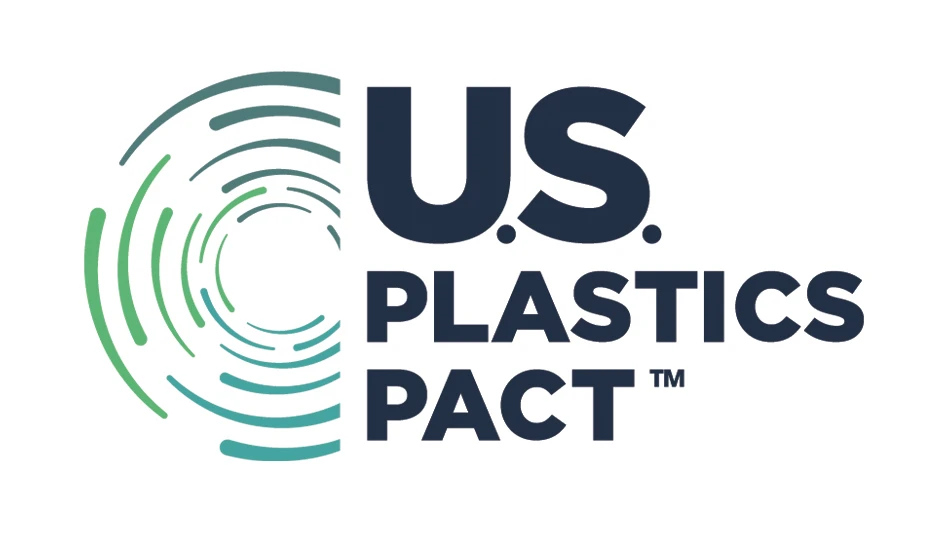BOTTLED UP
 |
In 1962 Alcoa and the Pittsburgh Brewing Company joined together to develop the first pull-top aluminum can, which revolutionized the beer and soft drink industries. Now, Alcoa has announced another beverage industry packaging innovation with its participation in Pittsburgh Brewing Company’s new aluminum bottle for its Iron City brand beer—touted as the first beer to be introduced nationally in an aluminum bottle in the North American beer industry.
The new aluminum Iron City bottles are available nationally in specially designed 24-pack cases. CCL Container in Hermitage, Pa., makes the bottles using Alcoa aluminum.
Joseph Piccirilli, vice chairman of Pittsburgh Brewing Co., says the aluminum beer bottle offers many benefits to retailers and consumers in that it is unbreakable and the beer stays colder up to 50 minutes longer than beer bottled in glass containers.
ELEPHANT EARS AND ECOLOGY
 |
Attendees of the Ohio State Fair in August were offered the opportunity to recycle their bottles, cans and dry paper for the first time in the history of the fair. The recycling program will continue at future fairgrounds events, with visitors having access to 600 Solid Waste Authority of Central Ohio (SWACO) recycling containers.
Mike Long, executive director of SWACO, says that many taxpayer dollars will be saved as 80 percent of the paper, plastic, metal and cardboard currently sent to the Franklin County Landfill will be diverted to recycling.
The 600 containers SWACO is using at the fairgrounds are the same ones used as part of a SWACO pilot program with the city of Columbus, helping the agency to cut the program’s cost.
SWACO also partnered with the Tri-State Coca-Cola Bottling Co. of Columbus. Each bottle of Dasani Water sold at the fairgrounds featured a yellow sticker urging consumers to recycle their bottles in the nearest SWACO recycling container.
SWACO expects that 1,200 tons of recyclables will be collected during a year’s worth of events at the fairgrounds.
THE ART OF RECYCLING
For many companies recycling is simply business. In Victoria, British Columbia, Ellice Recycle Ltd. has made it an art form.
Ellice Recycle, a full-service recycling plant serving residential and commercial customers, has commissioned local artist Jeff Maltby to paint an extensive wall mural illustrating the history of recycling on one of its warehouses. The mural measures 152-feet wide by 25-feet high.
The mural depicts a colorful scene from the late 1800s where peddlers, ragpickers and scrap metal dealers mingle in the street while trading rags, scrap metal, bones and paper—all popular recyclables of the era.
While the images, period and artistic lines are Maltby’s concept and design, the original idea for a mural came from Ian Maxwell, owner of Ellice’s parent company Ralmax. Maxwell was inspired to paint one of his buildings after hearing about a mural painted on the walls of a weaving school in Chicago several years ago.
The final illusion was no easy feat.
"I’ve tried to incorporate the physical features of the warehouse into the mural as much as possible so the painting is seamless," says Maltby. "For example, when the bay doors are closed it’s hard to tell if they’re real or part of the picture. Another huge challenge was getting the mural to wrap around the corner onto the second wall without looking interrupted."
Ellice Recycle manager Diane Starck says the project promotes awareness and pride in recycling. "The mural is our way of enhancing the image of industry in the community, and we’re already receiving great feedback," Starck says.

Explore the October 2004 Issue
Check out more from this issue and find your next story to read.
Latest from Recycling Today
- NRC seeks speakers for October event
- LME identifies Hong Kong warehouses
- Greenville, Mississippi, launches aluminum can recycling program
- Cotton Lives On kicks off 2025 recycling activities
- Georgia-Pacific names president of corrugated business
- Sev.en Global Investments completes acquisitions of Celsa Steel UK, Celsa Nordic
- Wisconsin Aluminum Foundry is a finalist for US manufacturing leadership award
- MetalX announces leadership appointments





